The growing market of smart wearables has taken an interesting turn in recent years, with a lot of manufacturers choosing to adopt Google’s Wear OS platform to give their own wearable products a much-needed boost in terms of functionality, as well as overall performance.
With that being said however, other manufacturers have instead chosen to stick to their guns and and forego Wear OS for their own custom wearable platform. One such example is the Huawei Watch GT 4 series, which runs on Huawei’s Harmony OS instead (for reasons other than preference), but still promises to give users a complete smartwatch experience. How does it fare though? Let’s take a look.
External Design
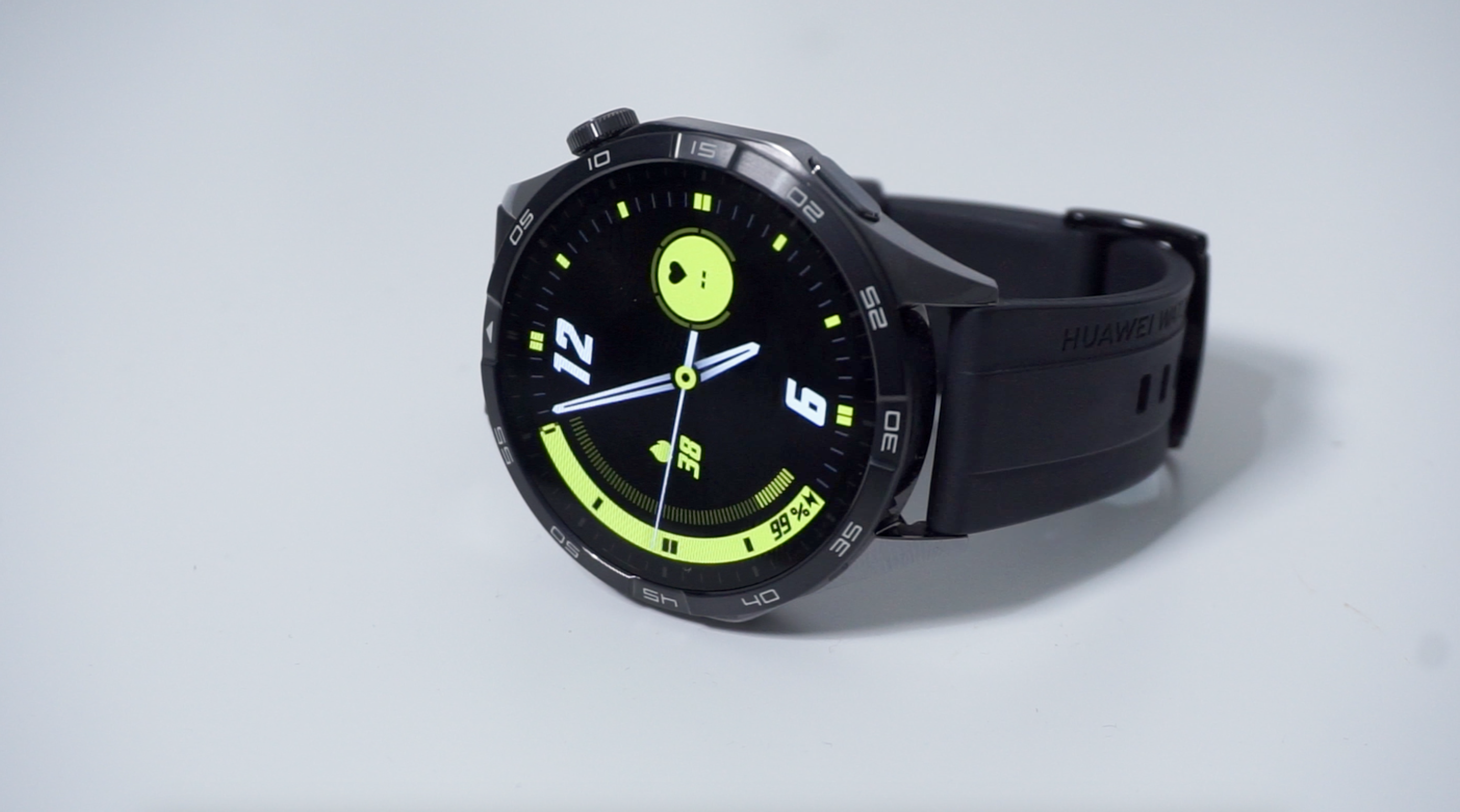
At first glance, it’s clear that Huawei has taken extra steps to integrate a rather stylish look with the GT 4 series, which is available in several design variants, including a 46mm model (which we have on here), as well as a more “petite” 41mm model that’s more akin to jewelry. With that said, the 46mm variant comes in different styles, and we do have the more sporty black unit here.
The watch features a 1.43-inch AMOLED touchscreen with a fairly sharp resolution of 466×466 pixels, and a PPI of 326. There’s a stainless steel case that surrounds the display, although it doesn’t feature a rotating bezel unlike the Galaxy Watch 6 Classic, for example. Instead, navigation is handled by a rotating crown and an action button, which are located on the right-hand side.
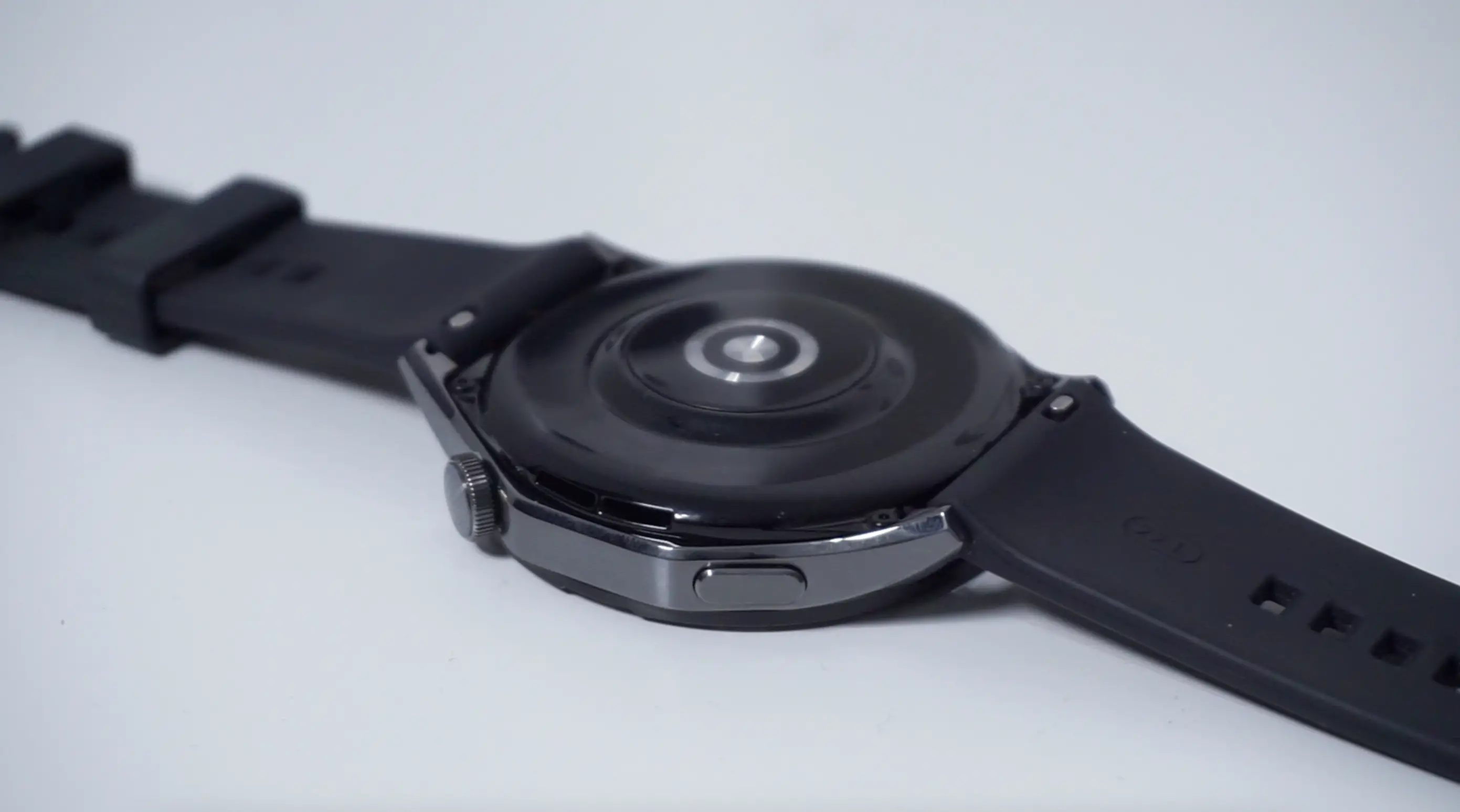
Underneath, the watch is made from a composite material which feels a lot like plastic, and this also houses the GT 4’s sensors as well as the magnetic charging panel. The watch also comes with a 5 ATM rating, which means it can survive underwater dips for up to 50 meters, although it isn’t exactly meant to be a diving watch.
The silicone straps are interchangeable, so you can switch up the look of the GT 4, although the pre-installed watch straps have a nice feel to them. Overall it’s a nicely-designed wearable, and shouldn’t look out of place at casual or even more formal situations.
Internal Hardware
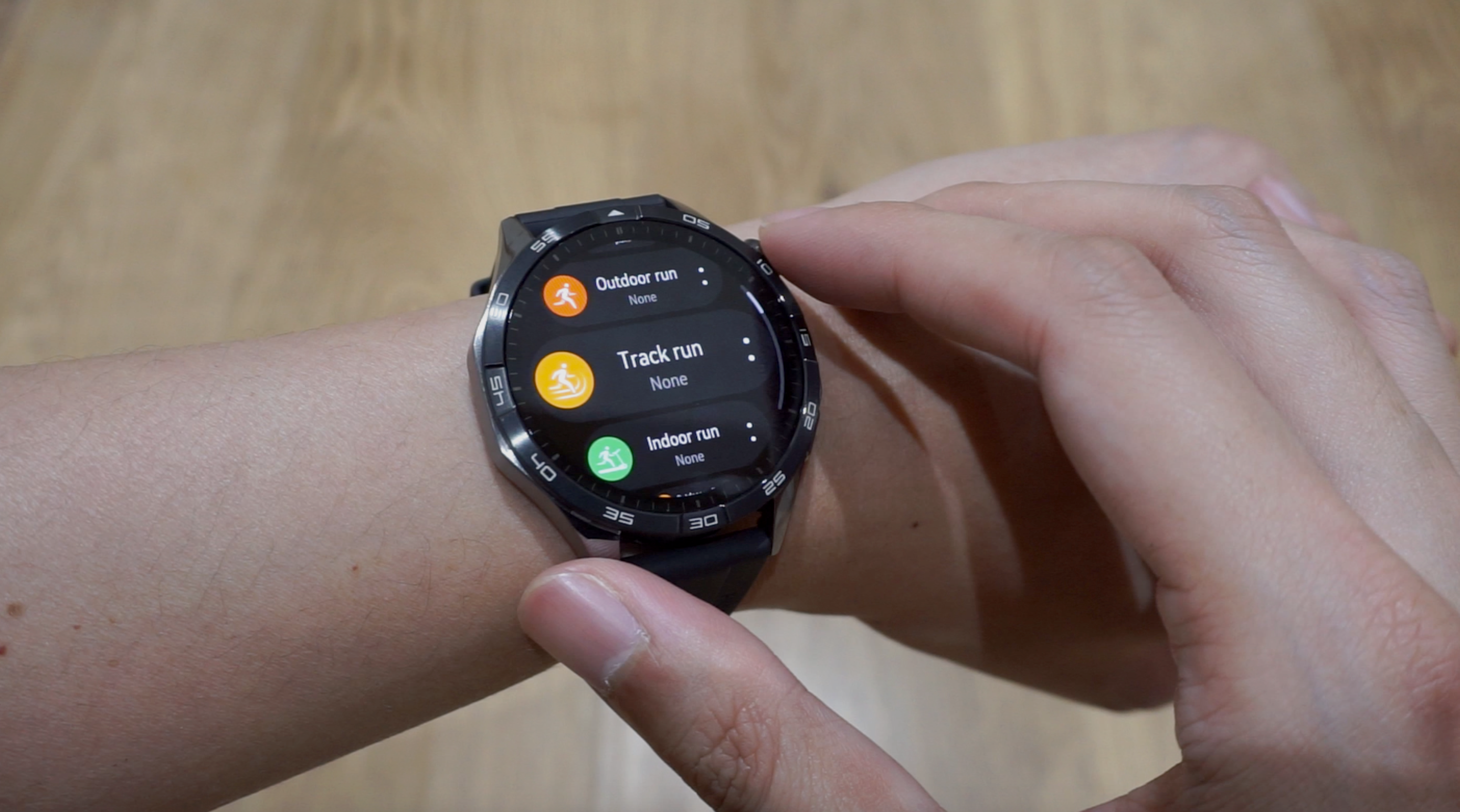
Huawei hasn’t disclosed the processor inside the GT 4, nor has it given out the exact RAM configurations, although the device does come with a ton of different sensors for health and activity tracking.
This includes an Accelerometer, Gyroscope, Magnetometer, Optical heart rate sensor, a Barometer, as well as a temperature sensor. Other hardware features include a vibration motor for haptics and notifications, a speaker, microphone, Bluetooth 5.2, as well as NFC. There’s no Wifi on here unfortunately, as the watch needs your phone’s Bluetooth connection in order to access the internet.
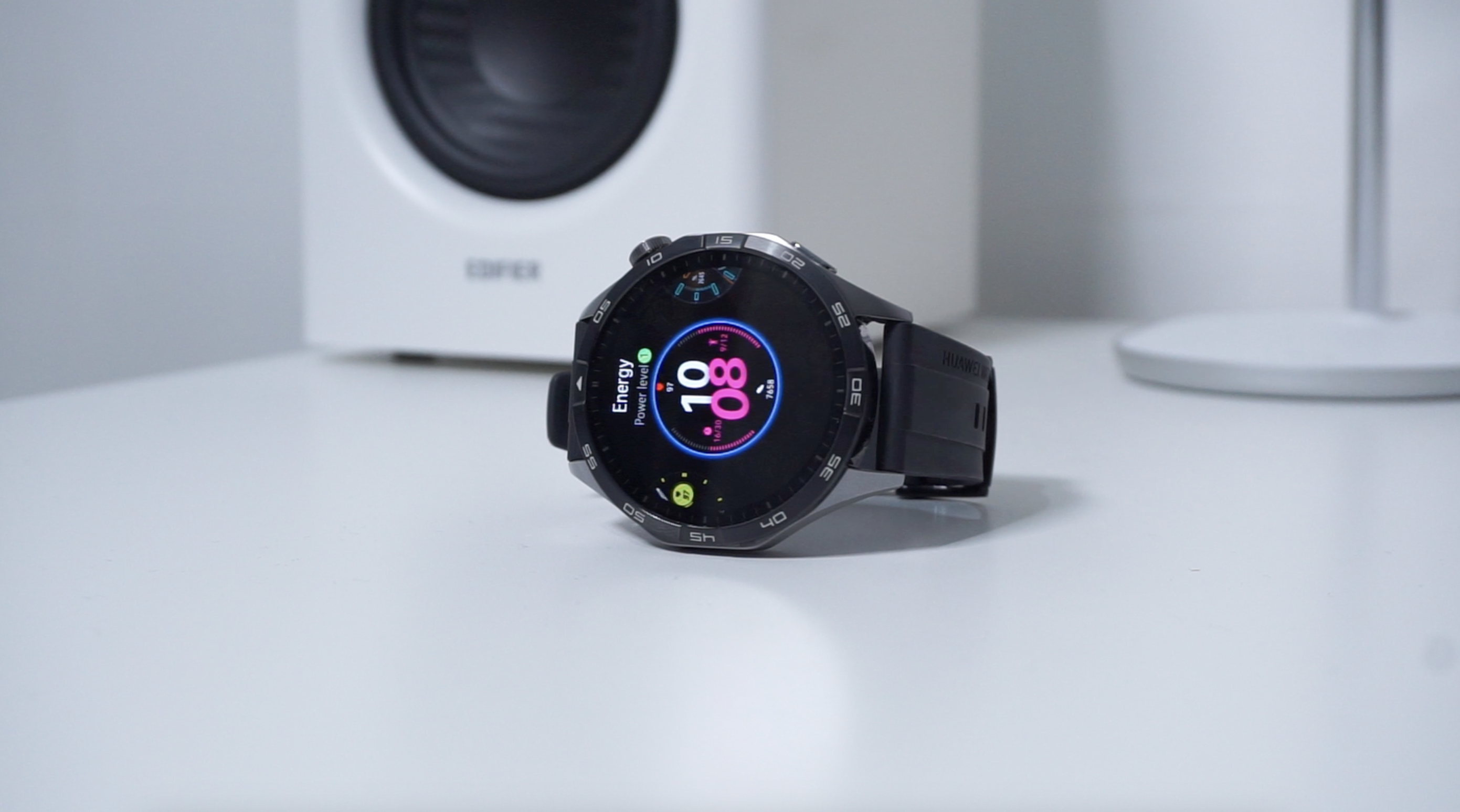
Huawei says that the GT 4 can last for up to 4 days with intensive use, 8 days with moderate use, and up to 14 days with very conservative usage. Based on my experience so far it was able to last around a week in general, which is pretty impressive especially considering that most other smartwatches are not able to make it past a day.
Set-up and App
As for compatibility, the GT 4 will work with iOS and Android devices, although setting up the device will require a bit of light tinkering if you’re using an Android phone. Since Huawei’s apps aren’t available on the Play Store, you’ll need to download the Huawei Health app’s .apk file, and manually sideload it onto your device.
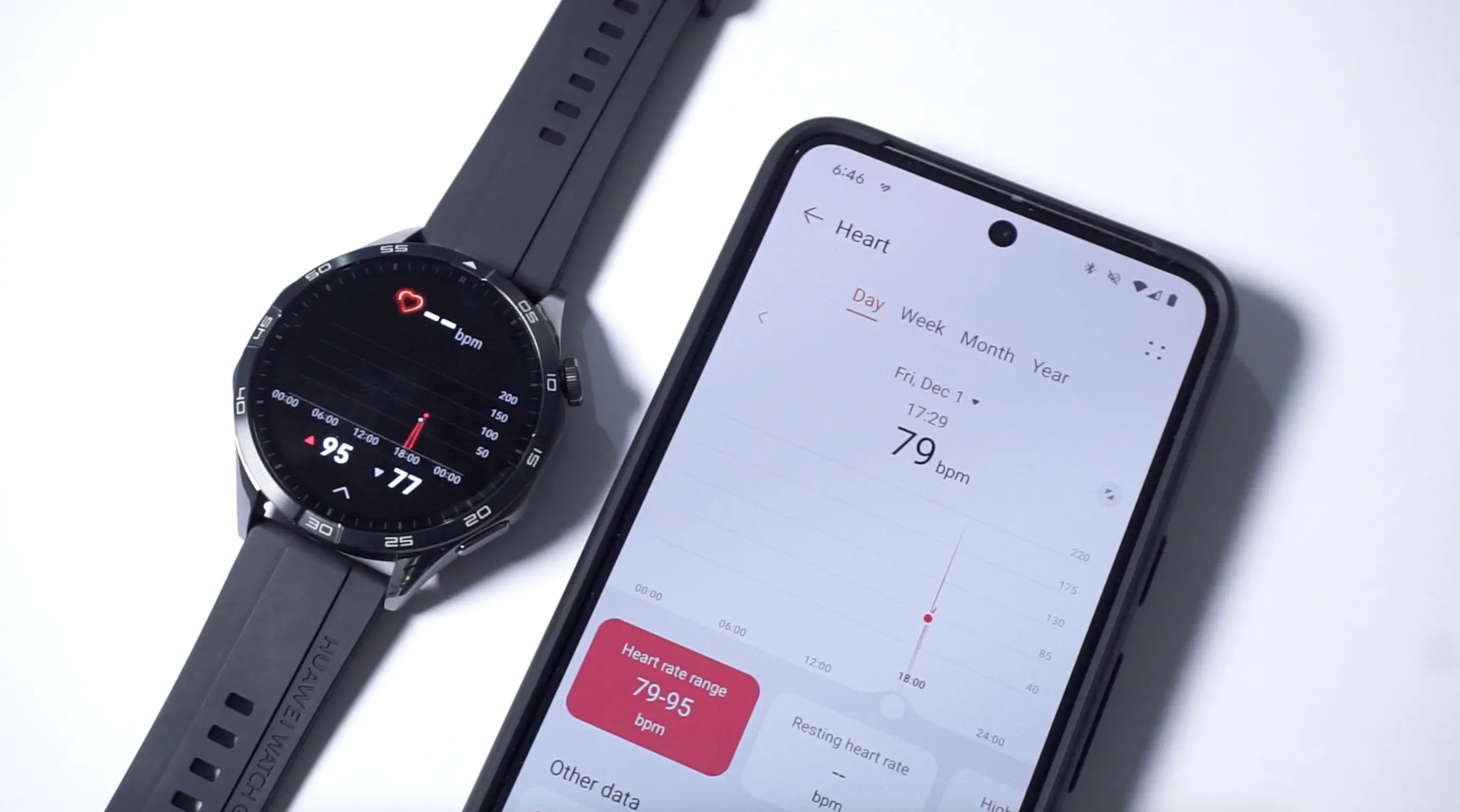
Once that’s done however, using the GT 4 should be a breeze. So far, I think Huawei has done a terrific job updating the interface on the GT 4, and it feels a lot smoother and more fluid compared to my experience with older Huawei watches, which were usually slow and laggy. It’s a big improvement and does enhance the overall user experience.
The same can be said for the Huawei Health apps, which for the most part just works nice and simple. Here you can keep an eye on your activities, change the settings on the watch, sign in to your Huawei account, and tinker with notification settings, to name a few.
User Experience
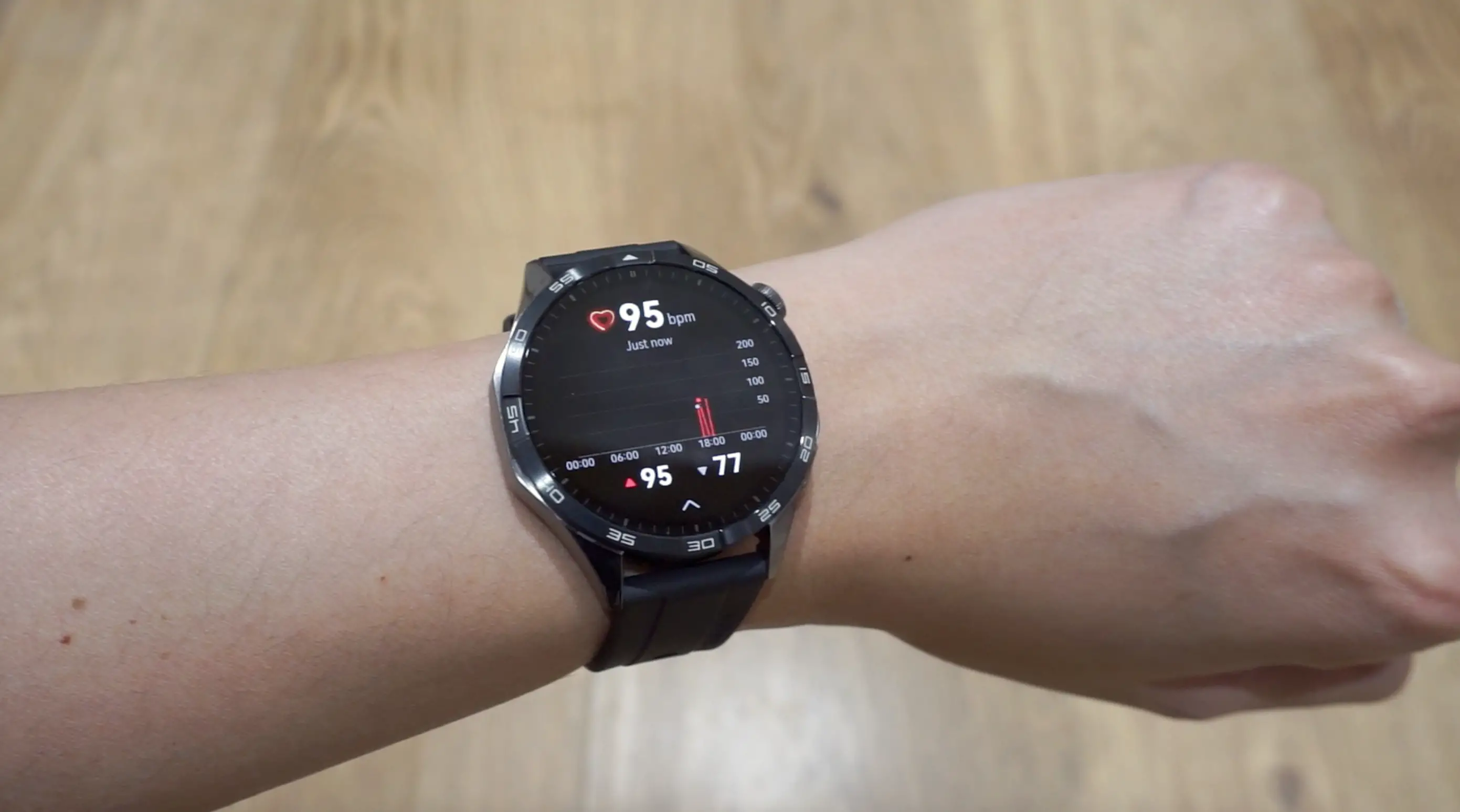
The Huawei Watch GT 4 comes with several pre-installed apps, including several watch faces and built-in exercise modes, as well as staples such as alarms, stopwatch, call logs, and even a music player which can play locally stored files. It’s a pretty robust selection, although one consideration is that you’ll have to install new apps and watch faces with the Huawei Health app.
As someone who uses his watch a lot for heart rate and sleep tracking, the GT 4 had no problems keeping an eye on my metrics, and even sent me reminders to stay active – something that’s thankfully been brought over from previous GT models – and features like automatic walk detection were very much welcome for daily usage. Based on my usage so far it was rather accurate for the most part with metrics.
There are some gripes however – one consideration is that I wasn’t able to sync my Huawei Health data with Google Health Connect, given the rift between Google and Huawei. Additionally, while you could reply to most messages and notifications with preset replies, the GT 4 still lacks the option to type a custom response onscreen, something that’s easily handled by Wear OS devices, for example.
Final Thoughts
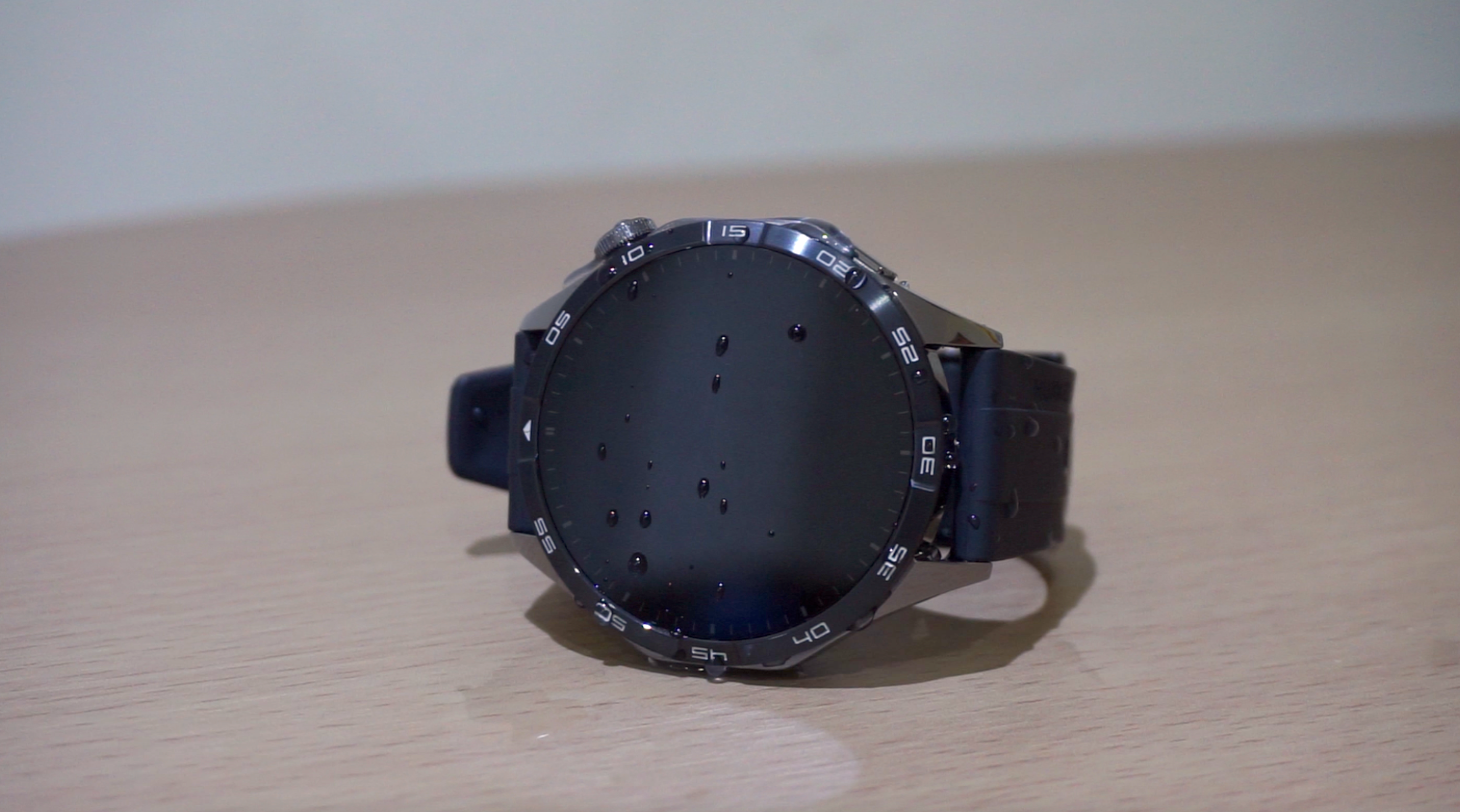
For a price of around $315 (when converted) and £250 in the UK, the Huawei Watch GT 4’s strengths lie with its premium and sturdy design, a large and responsive display, a more fluid interface, as well as impressive battery performance and generally good health tracking.
There are some factors to consider however such as the lack of Google software integration and built-in Wifi connectivity, as well as the constant reliance on the Huawei App for app and watch face installations. With that being said however, at the end of the day the Huawei Watch GT 4 still gets all the basics right, and for folks looking for a good-looking smart wearable with impressive battery life will want to check out this one.

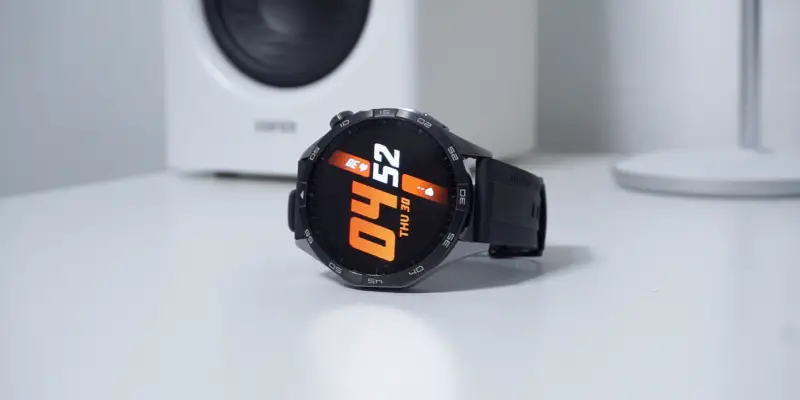

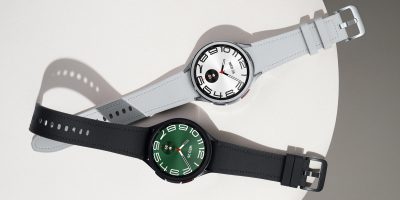
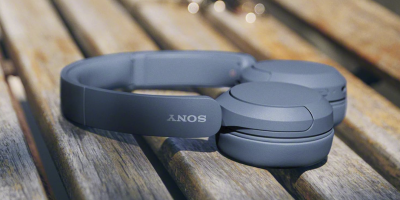
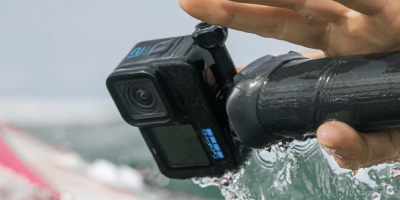






Comments